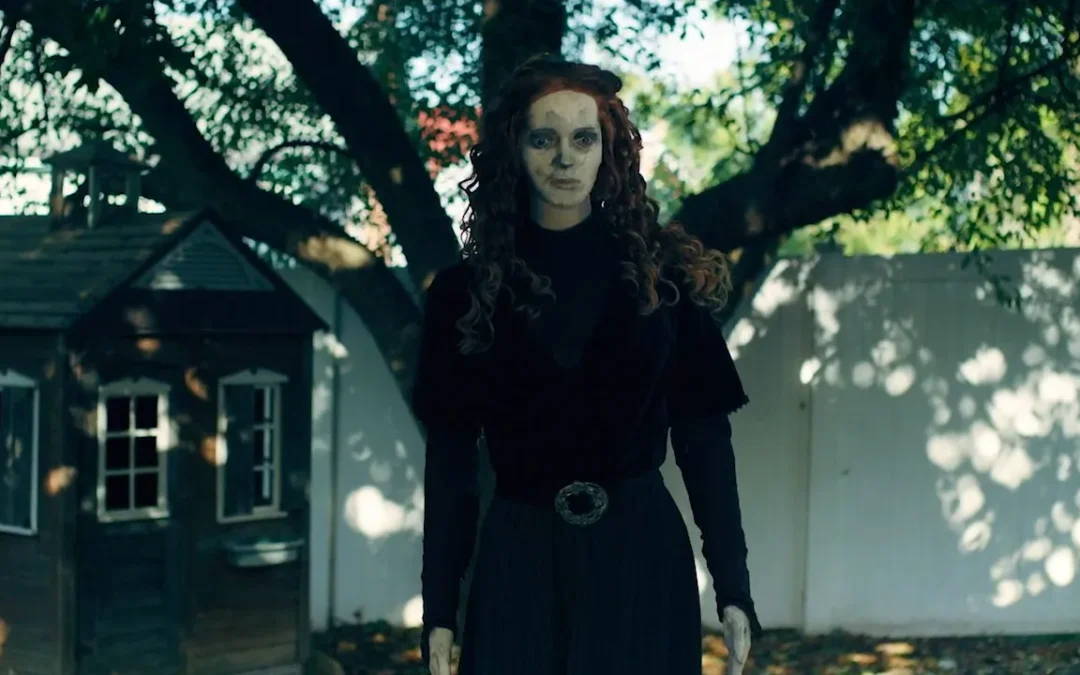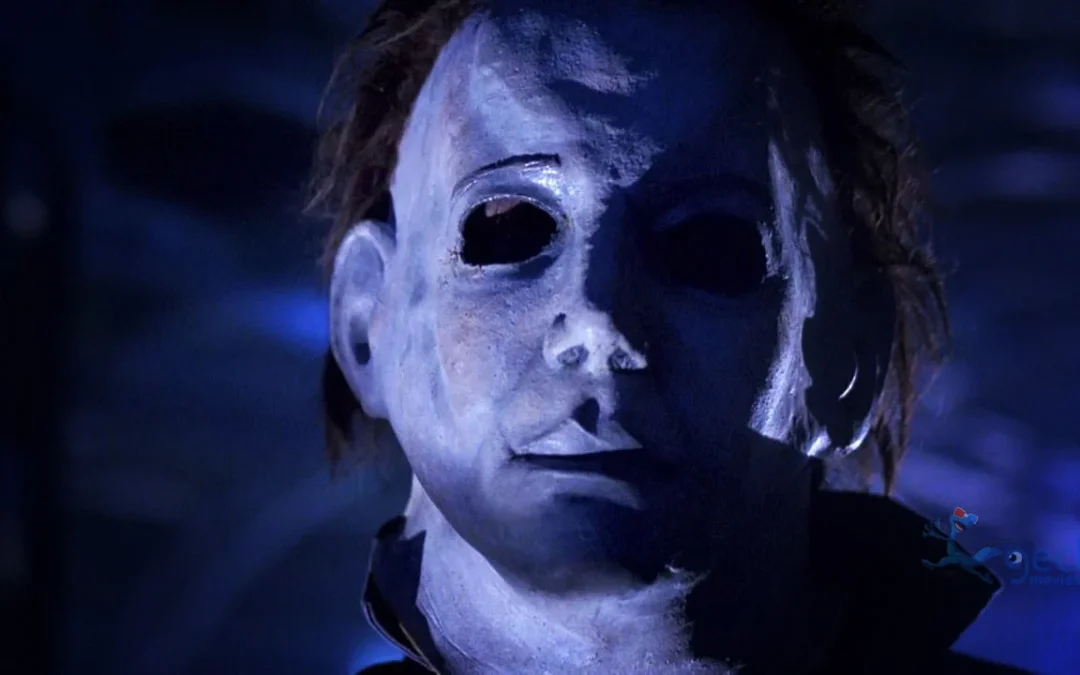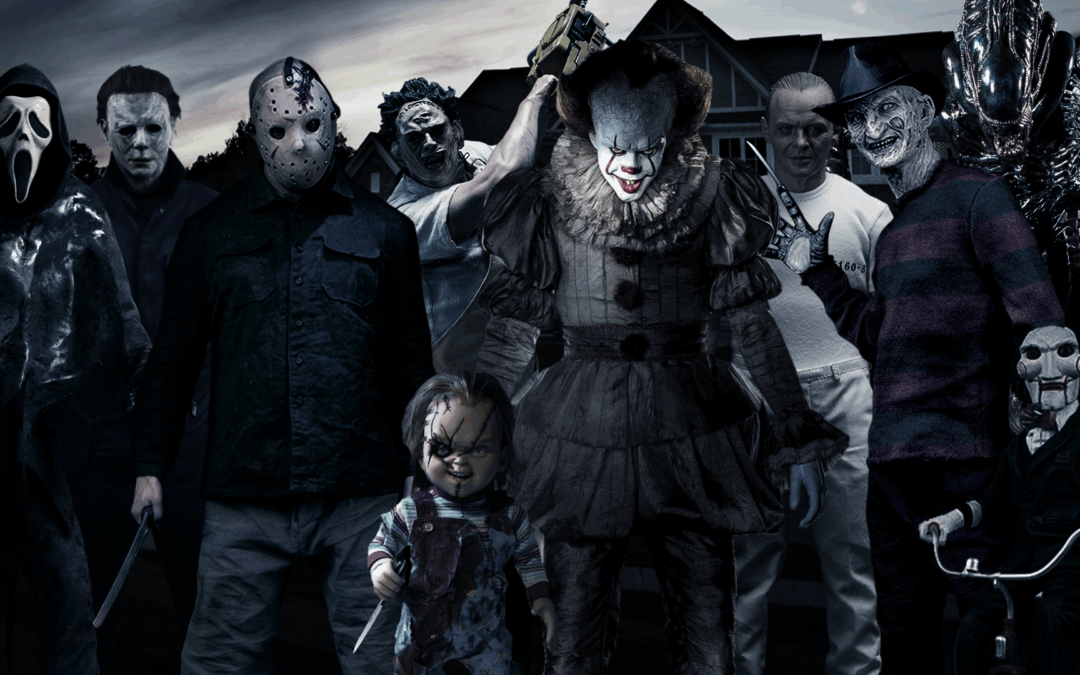Few horror films have left a legacy as chilling and enduring as Halloween (1978). Directed by John Carpenter and co-written with Debra Hill, this low-budget slasher would go on to redefine the genre, introduce one of horror’s most iconic villains, and give birth to the “final girl” trope. In this review, we’ll delve deep into what makes Halloween 1978 a timeless classic, examining its plot, characters, atmosphere, and cultural impact.
A Minimalist Masterpiece
One of the most fascinating aspects of Halloween 1978 is its simplicity. The story centers around a young woman, Laurie Strode (played by Jamie Lee Curtis in her breakout role), who becomes the target of a relentless killer on Halloween night. Michael Myers, a masked murderer who escaped from a mental institution, stalks and kills teenagers in the quiet suburb of Haddonfield, Illinois.
This seemingly straightforward plot is what makes Halloween 1978 so terrifying. The film doesn’t rely on gore or elaborate set pieces. Instead, it thrives on suspense, atmosphere, and the constant threat of an unstoppable force. Carpenter’s decision to keep Michael Myers largely faceless and emotionless enhances the terror—he becomes the embodiment of pure evil.
Michael Myers: The Shape of Fear
Halloween 1978 introduced audiences to Michael Myers, a name that would become synonymous with horror. Known in the credits only as “The Shape,” Myers is a blank slate—a child who murdered his sister on Halloween night in 1963 and never spoke again. His psychiatrist, Dr. Sam Loomis (played by Donald Pleasence), describes him not as a man but as a force of evil.
What sets Myers apart from other cinematic killers is his silence. He doesn’t taunt his victims. He doesn’t run. He simply walks, slowly and methodically, as if he knows there’s no escape. Halloween 1978 portrays him not just as a killer, but as a symbol of death itself—unfeeling, unstoppable, and inevitable.
Laurie Strode: The Final Girl Archetype
Jamie Lee Curtis’s portrayal of Laurie Strode in Halloween 1978 became the blueprint for the “final girl” trope in horror films. Laurie is intelligent, resourceful, and morally grounded. While her friends indulge in Halloween fun, Laurie is more reserved and responsible. These traits ultimately contribute to her survival.
Laurie isn’t a superhero. She’s scared, overwhelmed, and often on the brink of collapse. But she fights back, not because she wants to, but because she has to. Halloween 1978 doesn’t just pit good against evil—it shows how ordinary people can become extraordinary in the face of unimaginable terror.
The Power of Atmosphere
One of the most praised aspects of Halloween 1978 is its atmosphere. Carpenter’s direction is tight and deliberate, with slow camera movements, long takes, and brilliant use of shadows and negative space. Much of the fear in Halloween 1978 comes from what you don’t see—Michael lurking in the background, barely out of sight, or the eerie quiet before a sudden scare.
The film’s lighting and cinematography are crucial in building this dread. Dean Cundey’s camera work helps create a feeling of unease, with wide shots that make viewers scan every inch of the frame for signs of danger. Halloween 1978 is often silent or accompanied by ambient noise, which makes Carpenter’s famous score even more impactful.
An Iconic Score
Speaking of music, the score of Halloween 1978 is arguably as iconic as Michael Myers himself. Composed by John Carpenter in just a few days, the main theme—played in a 5/4 time signature—is instantly recognizable. Its haunting simplicity mirrors the film’s tone: relentless, unnerving, and unforgettable.
The music in Halloween 1978 isn’t just background noise; it’s a character in itself. It alerts us to danger, builds suspense, and lingers in our minds long after the movie ends. It’s a perfect example of how sound can elevate horror.
The Legacy of Halloween 1978
Halloween 1978 didn’t just scare audiences—it changed the horror landscape. With a budget of around $325,000, it grossed over $70 million worldwide, becoming one of the most successful independent films ever made. It inspired an entire wave of slasher films in the 1980s, from Friday the 13th to A Nightmare on Elm Street.
The film also launched a sprawling franchise that includes multiple sequels, reboots, and reimaginings. While the quality of the sequels varies, none would exist without the success and influence of Halloween 1978. Even modern horror directors cite the film as a major inspiration.
Subtext and Social Commentary
While Halloween 1978 is often viewed as a straightforward slasher, there’s deeper subtext beneath the surface. Some critics interpret the film as a conservative allegory, punishing sexually active teens while rewarding the virginal Laurie. Others argue that it’s simply about survival, with Laurie’s cautious nature giving her an edge.
The ambiguity of Halloween 1978 allows for a wide range of interpretations. Is Michael a supernatural force or just a man? Is the film moralistic or nihilistic? These questions keep the movie relevant and discussable decades later.
A Cultural Touchstone
Halloween 1978 isn’t just a movie—it’s a cultural phenomenon. It’s been referenced, parodied, and analyzed countless times. It’s taught in film classes, celebrated during horror marathons, and continues to scare new generations of viewers.
Michael Myers has become an icon not just of horror but of cinema in general. His white mask, boiler suit, and kitchen knife are instantly recognizable. And Laurie Strode remains one of the most beloved final girls in film history.
Why Halloween 1978 Still Works
So, why does Halloween 1978 still resonate with audiences nearly five decades later?
Because it taps into universal fears: being watched, being followed, and facing a threat you can’t understand or stop. It’s not just about blood or bodies—it’s about dread. The fear that evil can invade the safety of suburbia. That monsters don’t live under the bed—they live next door. That sometimes, evil doesn’t die. It just waits.
Halloween 1978 vs. Modern Horror
Modern horror films often rely on jump scares, elaborate kills, or CGI. But Halloween 1978 proves that less is more. It’s a film that understands the power of suggestion. It invites the audience to use their imagination, which is often scarier than anything on screen.
That’s not to say modern horror lacks merit. Films like The Babadook, Hereditary, and It Follows have revived the genre with smart storytelling and psychological depth. But Halloween 1978 reminds us of the basics: a scary story, strong characters, and precise filmmaking.
Behind the Scenes: A Miracle on a Budget
It’s important to remember that Halloween 1978 was an underdog. It didn’t have a major studio backing or a big star. The mask Michael wears? A painted William Shatner mask bought for a few dollars. The film was shot in 20 days, in the spring, with leaves scattered to simulate autumn.
Yet despite—or because of—these limitations, Halloween 1978 thrives. Its grassroots production adds to its authenticity. The lack of gloss makes it feel real, raw, and immediate. That’s part of its magic.
A Film That Refuses to Die
Halloween 1978 is more than a horror movie. It’s a benchmark. A revolution. A film that showed how effective horror can be when crafted with care, vision, and restraint. It gave us an immortal villain, a resilient heroine, and a template that would influence generations of filmmakers.
Whether you’re a seasoned horror fan or a newcomer to the genre, watching Halloween 1978 is essential. It’s not just about scares—it’s about storytelling. It’s about the fear that lingers in the quiet moments, the footsteps in the dark, and the sense that something is watching… always watching.
As horror continues to evolve, Halloween 1978 remains a cornerstone—a haunting reminder that the boogeyman is real, and he might be closer than you think.



